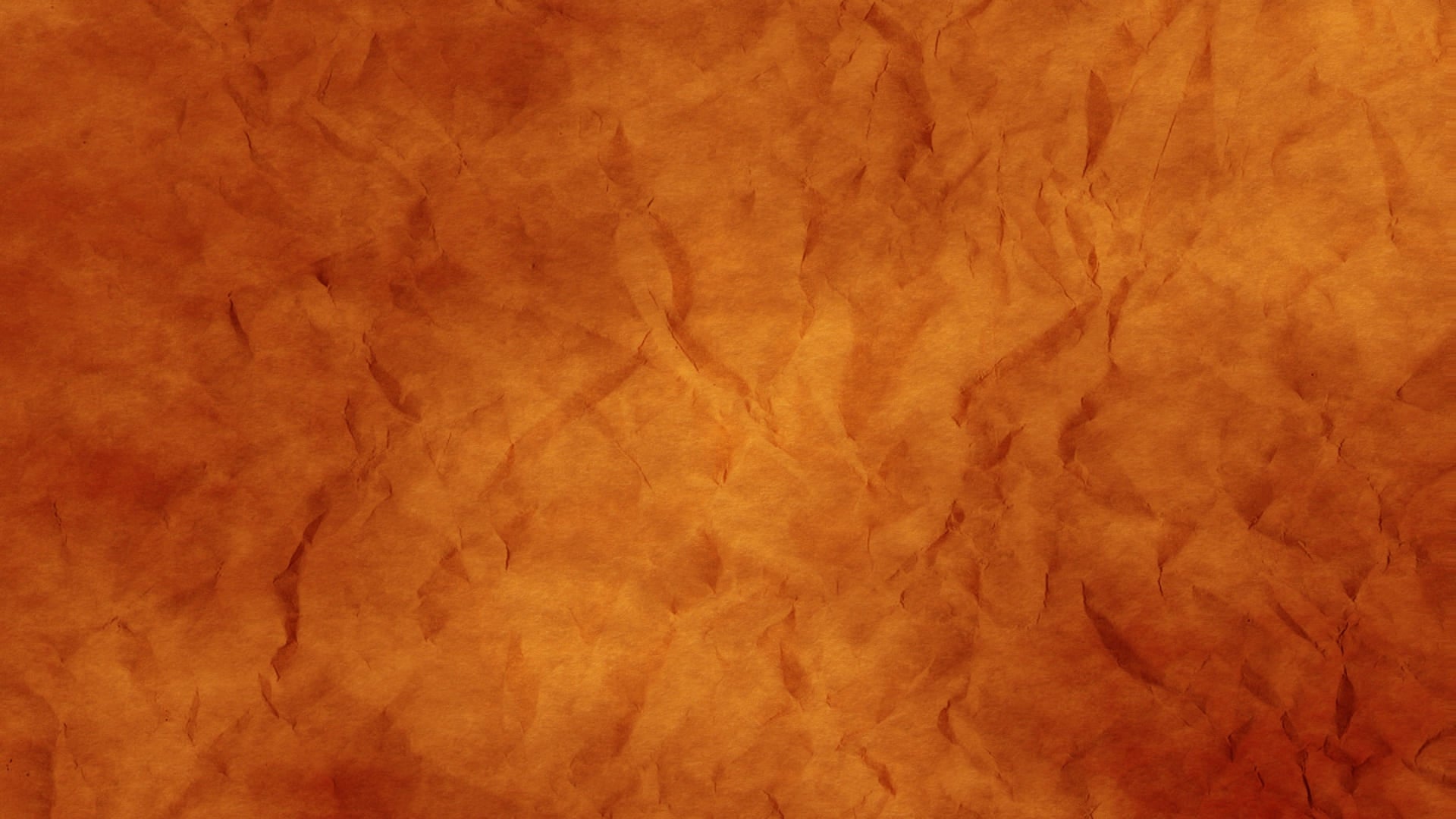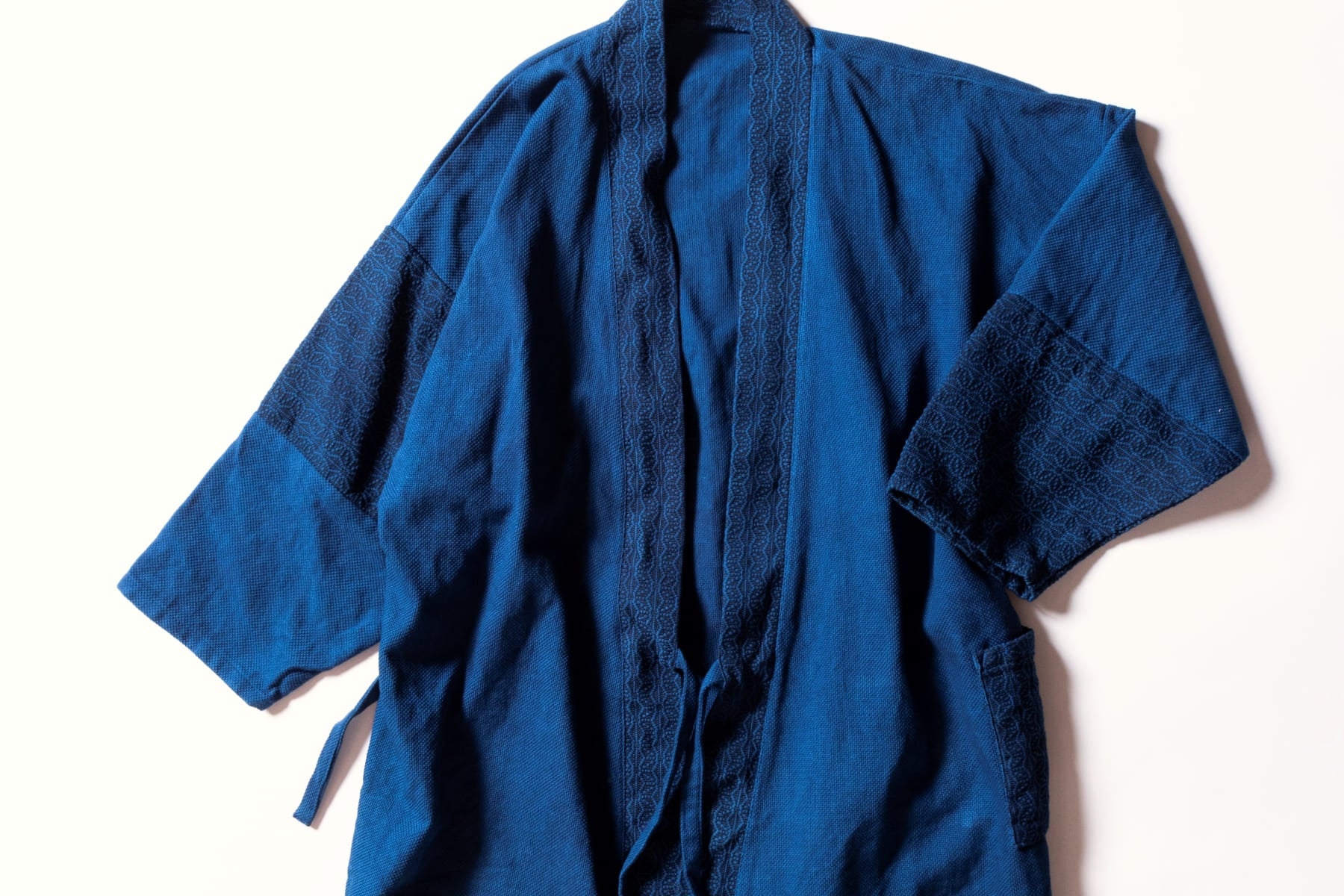Persimmon tannin, a naturally occurring material with various features such as waterproofing, durability, and deodorizing properties, has long been used in the daily lives of the Japanese whose culture centers around wood and paper.
Kakishibuzome (Persimmon Tannin Dyeing)
In Japan, persimmon tannin has long been used by the masses in their daily lives. It has been used on all kinds of everyday items such as fishing nets, brewery bags, stencils for dyeing, fans, paper garments, and Japanese umbrellas for its superior waterproofing, preservative, and insect-repellent properties. To make persimmon tannin, green, unripe persimmons are smashed and expressed, and the resulting astringent juice is left to age in a cool, dark place for several years. When the juice is first expressed, it is yellow-green but it turns to brown as time passes. When this brown liquid is repeatedly applied on an object, it comes out as a rich “persimmon tannin brown” color with a unique texture.
Persimmon juice is also used in Chinese herbal medicine; and its tannins are said to be effective in lowering blood pressure, treating burns, and curing hangovers.
Features of Kakishibuzome
The color deepens over time
The main characteristic of kakishibuzome is that its color gradually intensifies because tannin, the main pigment component of persimmon juice, condenses and polymerizes over time. Thus, the more you use your kakishibuzome-dyed product and the older it gets, its color becomes richer.
Patchwork Samue Jacket | Kakishibu Orange | Sashiko | Kimono style
Waterproofing
As it is repeatedly applied, persimmon tannin forms a kind of film. This film gets stronger as the tannin condenses and polymerizes, making the product waterproof. This waterproofing property becomes quite obvious when we hear of Japanese umbrellas of old being coated with persimmon tannin.
Making products durable
Persimmon tannin contains pectin. Pectin has strong adhesive properties, and as it condenses and polymerizes, it gradually becomes insoluble, making the kakishibuzome product durable.
Persimmon Tannin has Many Applications
For good health
Lowers blood pressure, regulates digestive functions, etc.
In Japan, persimmon juice has long been used as a home remedy for strokes, and has traditionally been drunk as an herbal medicine. It has also been used to lower blood pressure, treat hangovers, burns, frostbite, bruises, and other maladies
As an insect-repellant and preservative
For use on furniture and fittings
Since ancient times in Japan, persimmon tannin has been applied on wooden objects such as furniture and fittings. Recently, more companies have begun to apply it on building materials for its insect-repellent, preservative, and waterproofing properties. 



